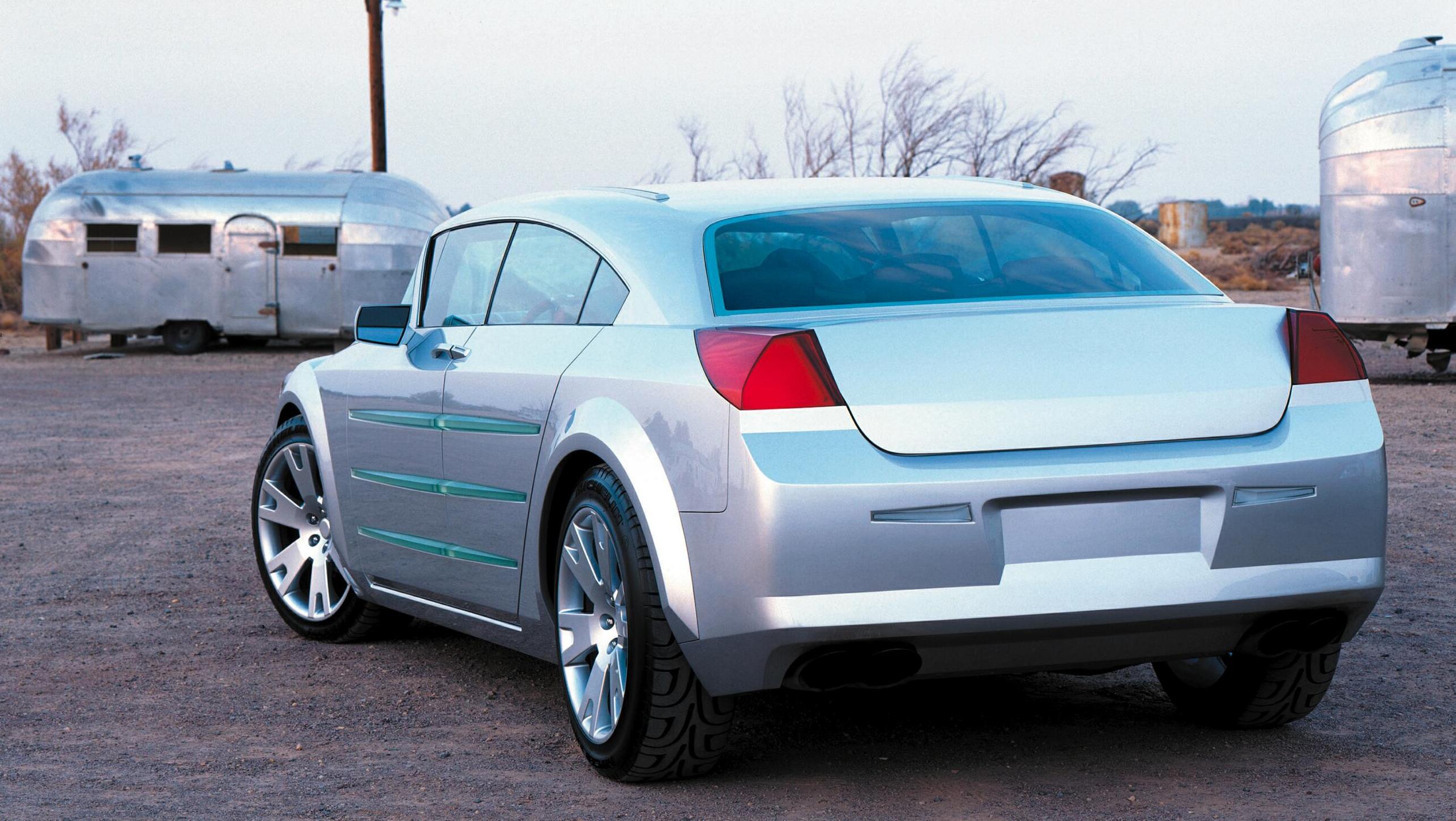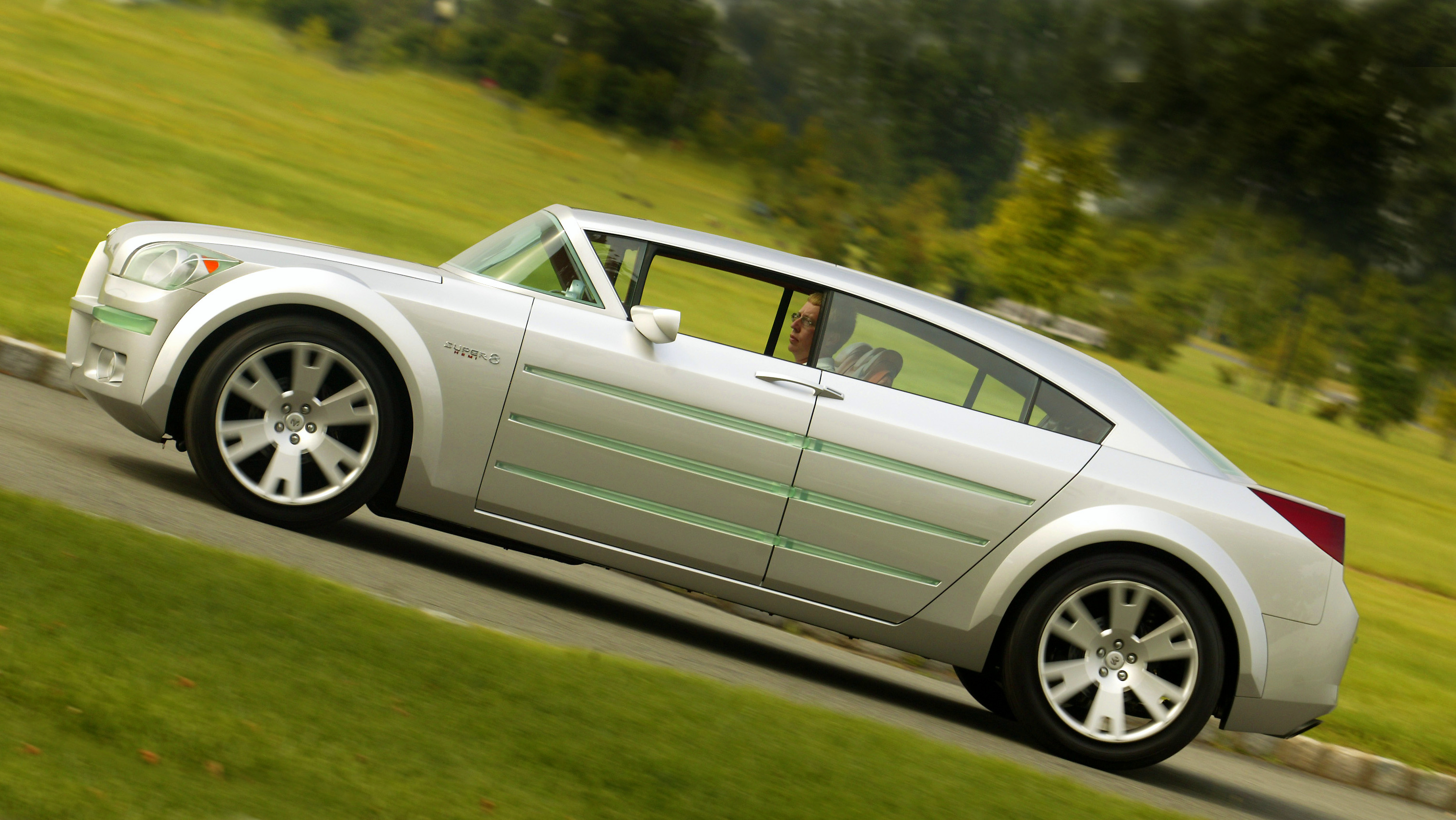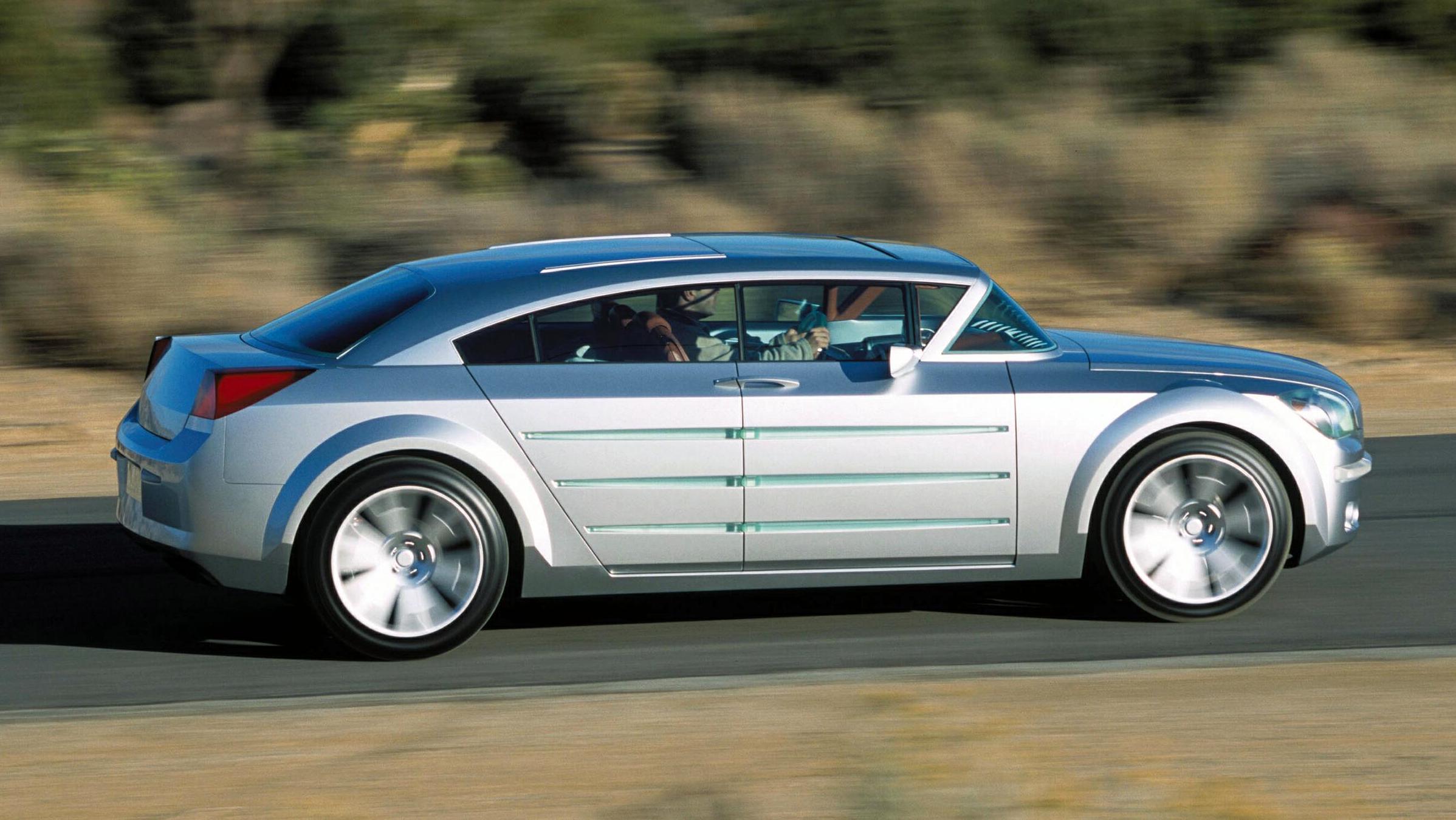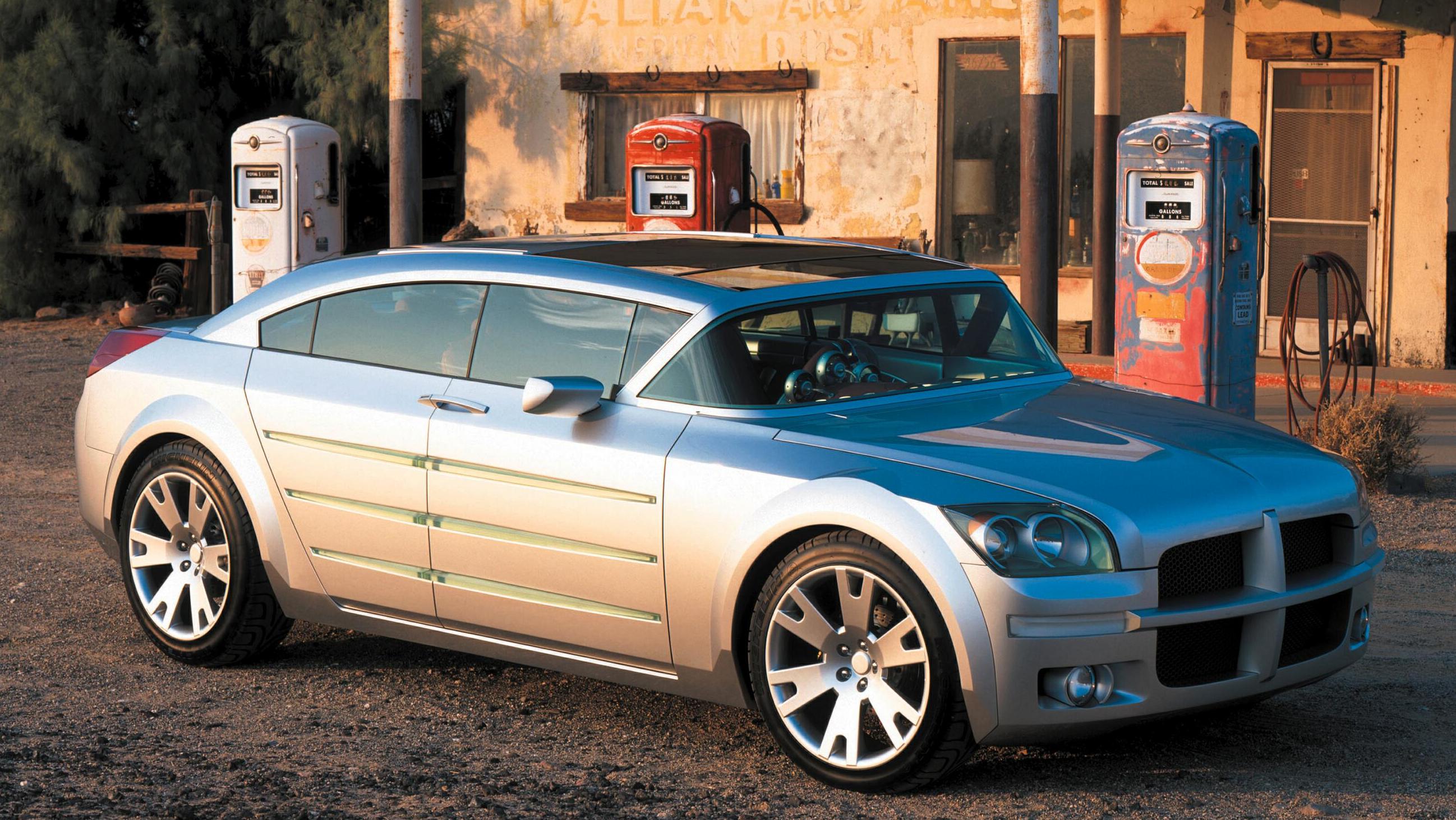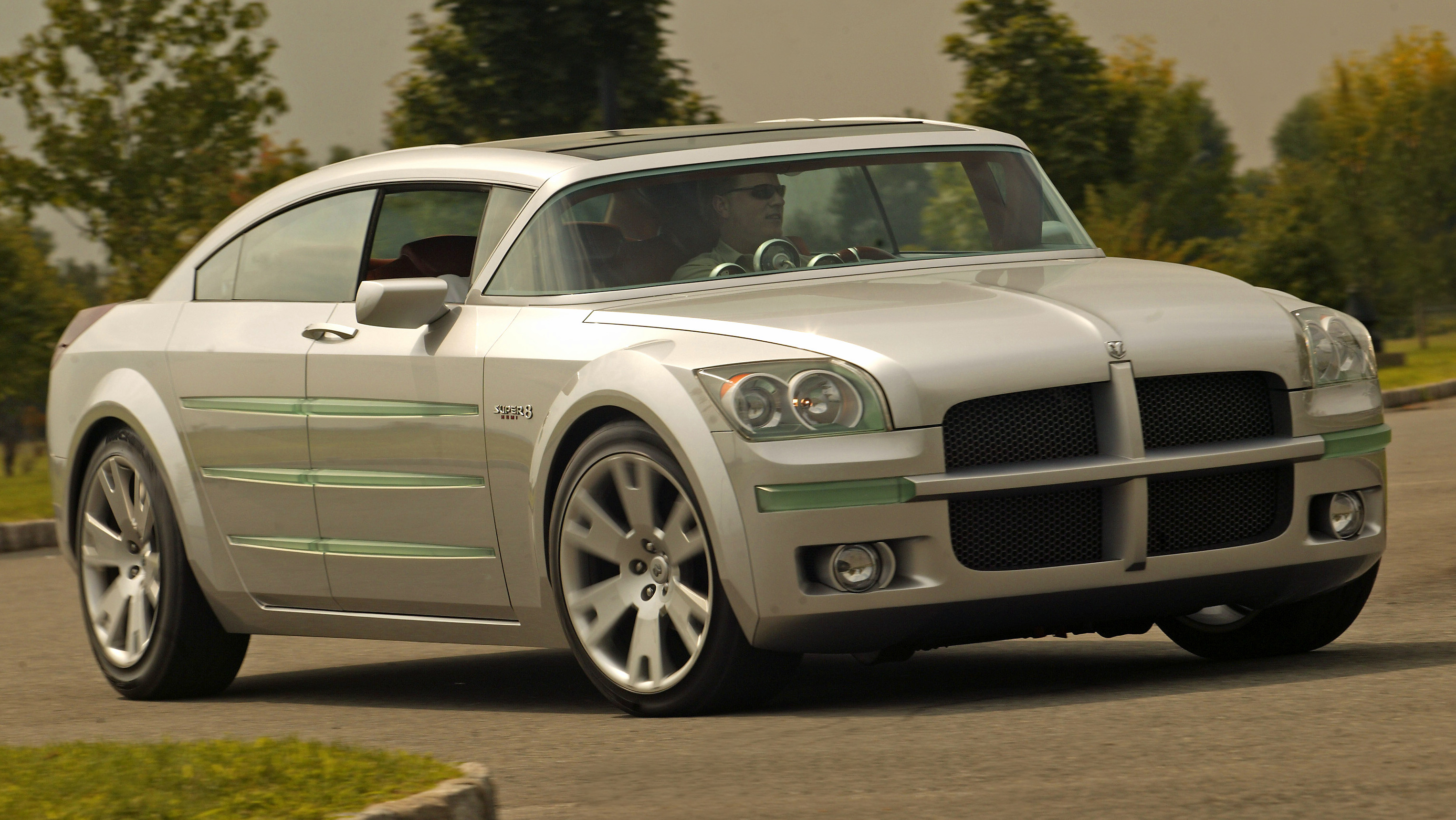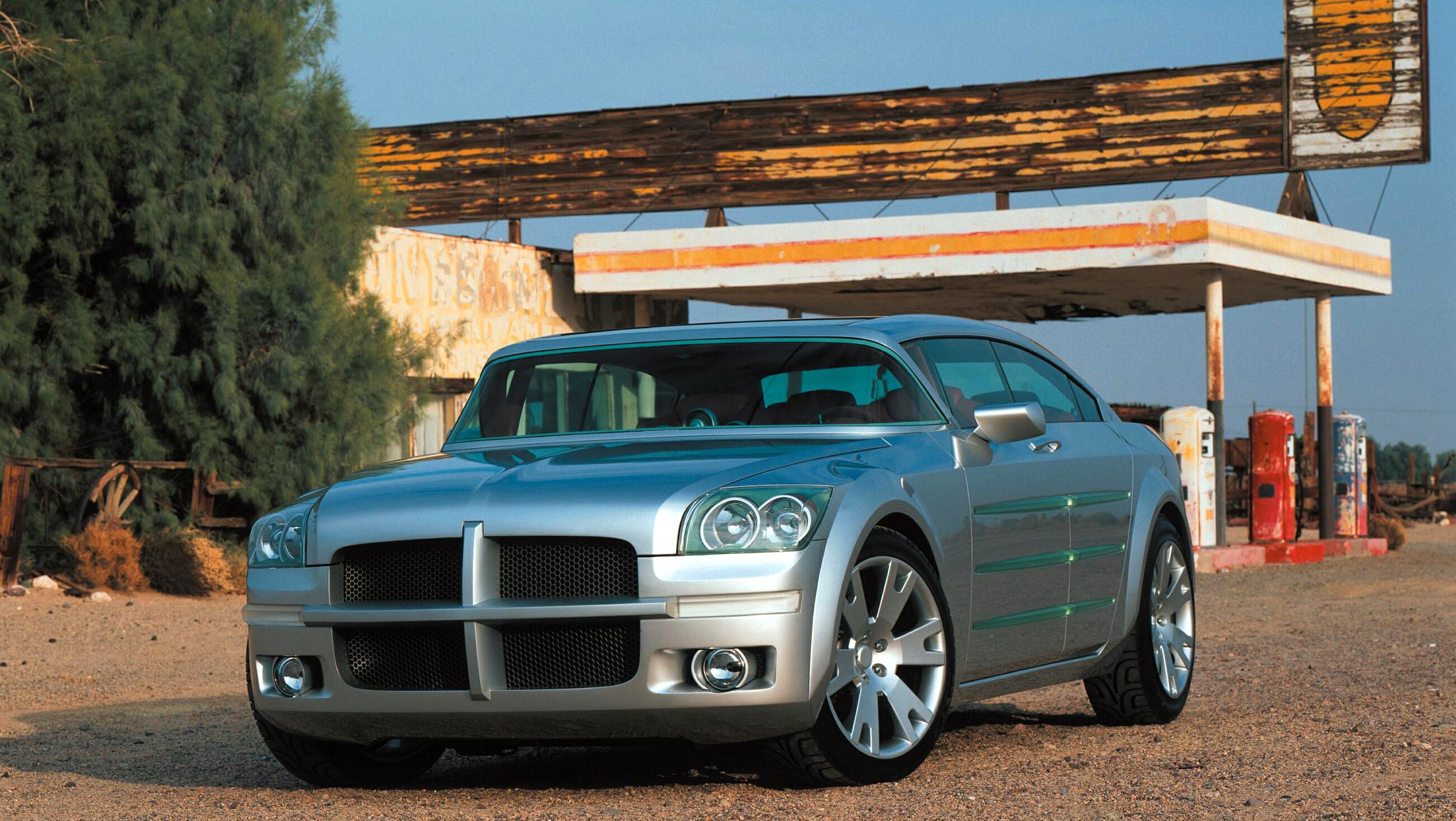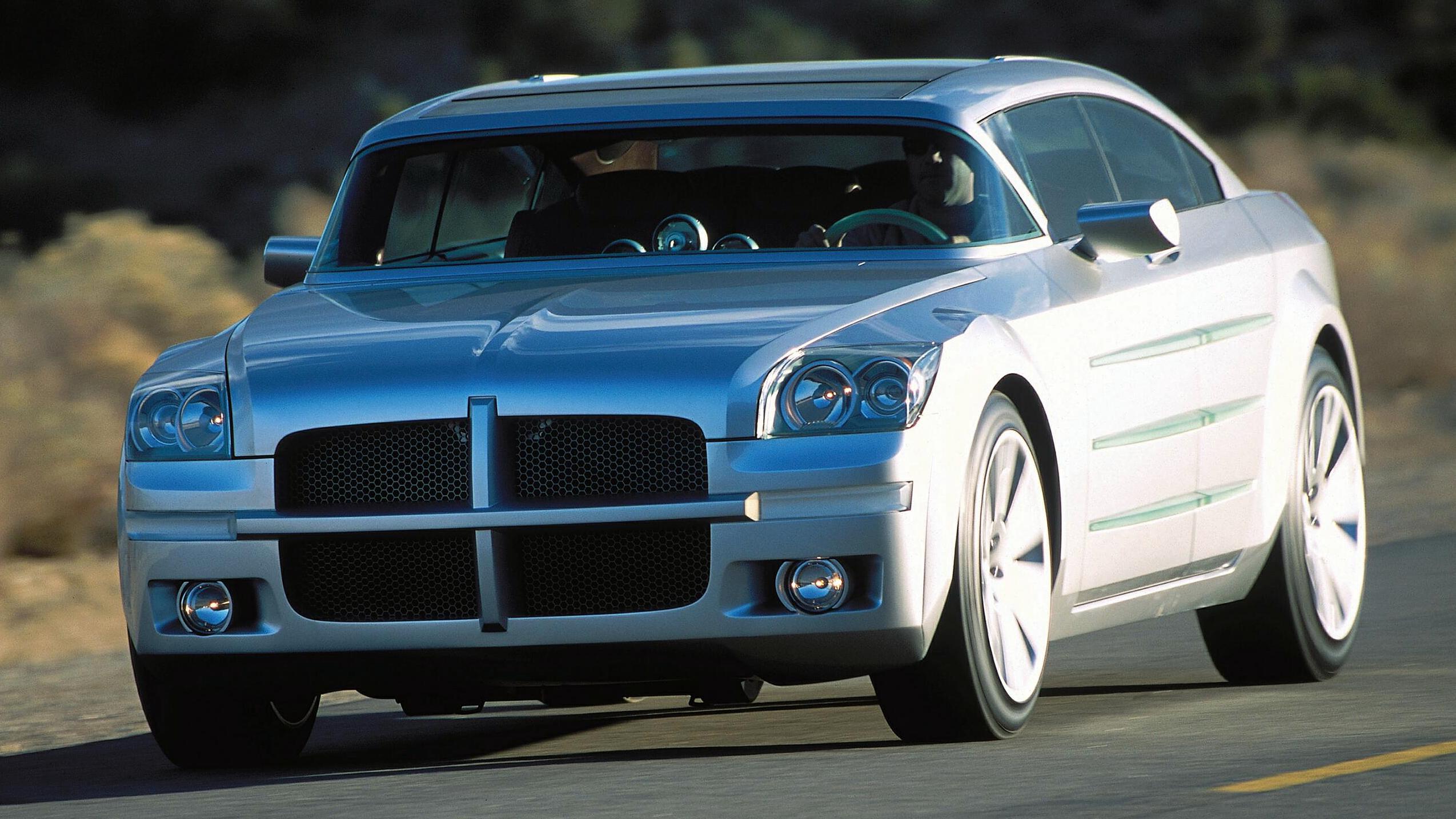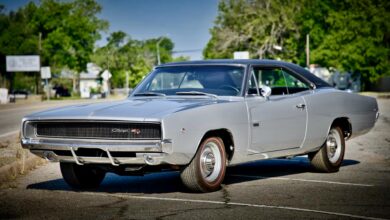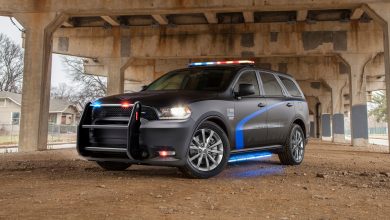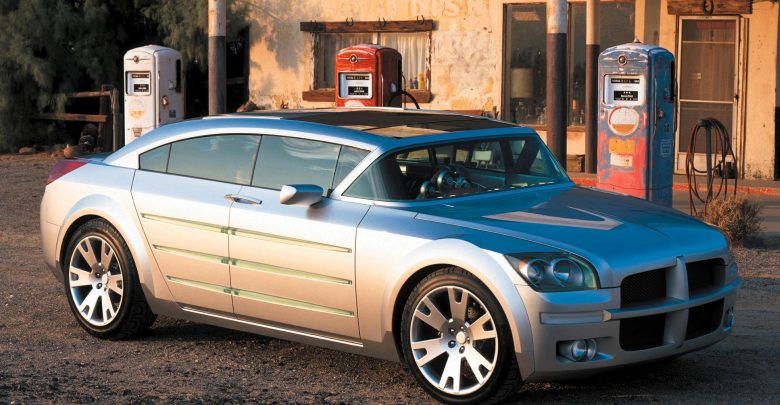
In 2001, Dodge was exploring the possibilities of bringing back rear-wheel-drive and HEMI power long before the modern-day Dodge Charger and Chrysler 300 Series sedans hit the market. This exploration resulted from the stunning 2001 Dodge Super8 HEMI Concept, which combined classic 1950s Americana design with a modern twist. This bold concept car was unveiled at the Detroit North American International Auto Show (NAIAS). It provided a glimpse into the future of LX-based vehicles, including the Chrysler 300, Dodge Magnum, and Dodge Charger, that were in development.
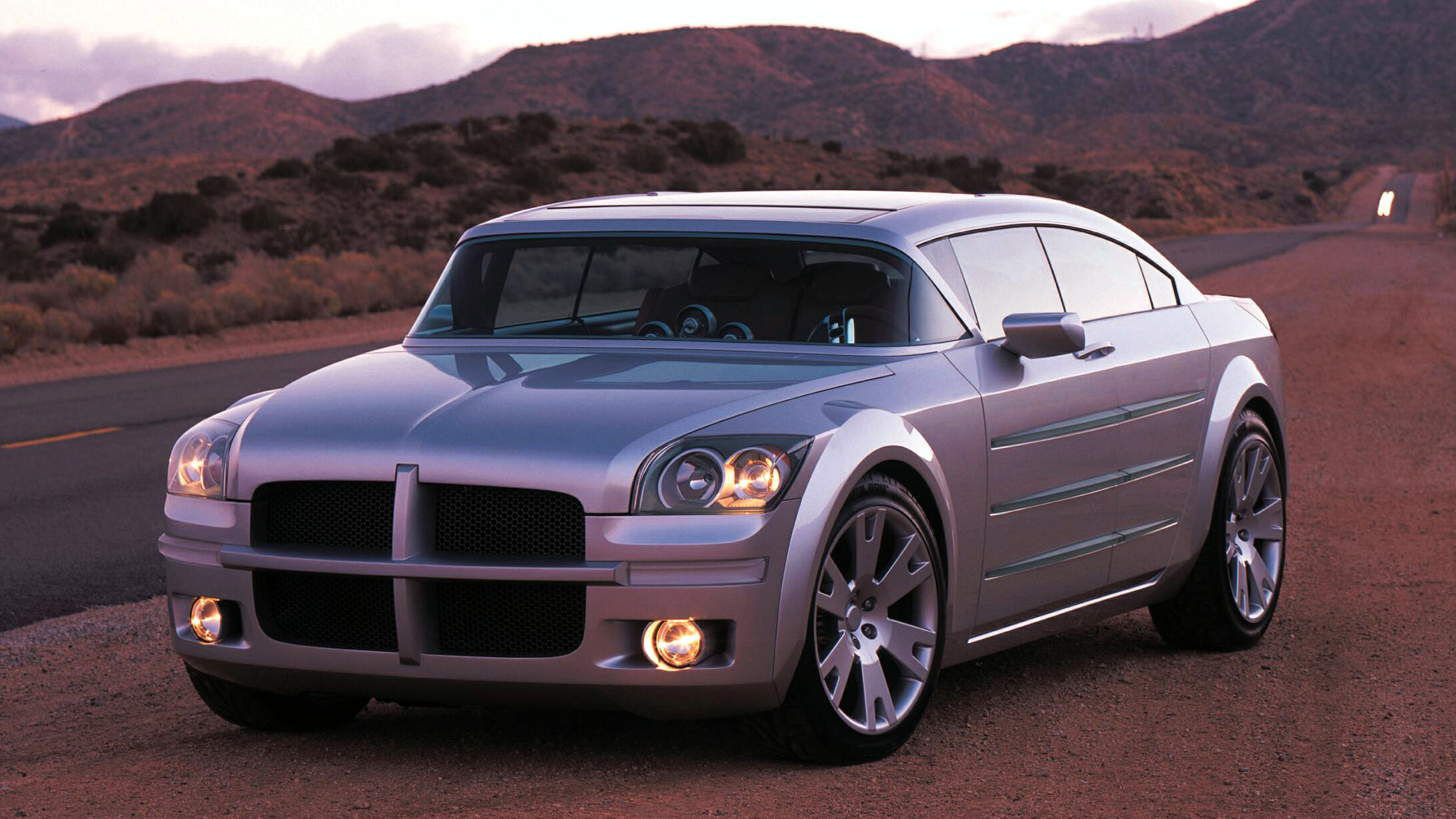
According to Freeman Thomas, the Vice President of Advanced Design Strategy at DaimlerChrysler Corporation at the time, “The Dodge Super8 HEMI embodies the culture and essence of American optimism.” He praised the concept car’s daring and eye-catching design, showcasing the company’s ability to combine its passion for sedans with cutting-edge technology and execution. As the overseer of the Dodge Super8 HEMI’s design, Thomas emphasized that the car’s towering stature, potent HEMI powertrain, and telematics features perfectly represented everything people loved about sedans in the past, as well as everything they needed in the present.
Under the hood, the Dodge Super8 HEMI concept boasted a prototype 5.7-liter (353 cubic-inch) pushrod V8 engine with hemispherical combustion chambers and two spark plugs per cylinder. This impressive powertrain generated an estimated 353 horsepower and 395 lb.-ft. of torque, it was transmitted to the rear wheels via a four-speed AutoStick manumatic transmission. With this setup, the car could achieve 0-60 mph in less than six seconds and reach a top speed of 154 mph.
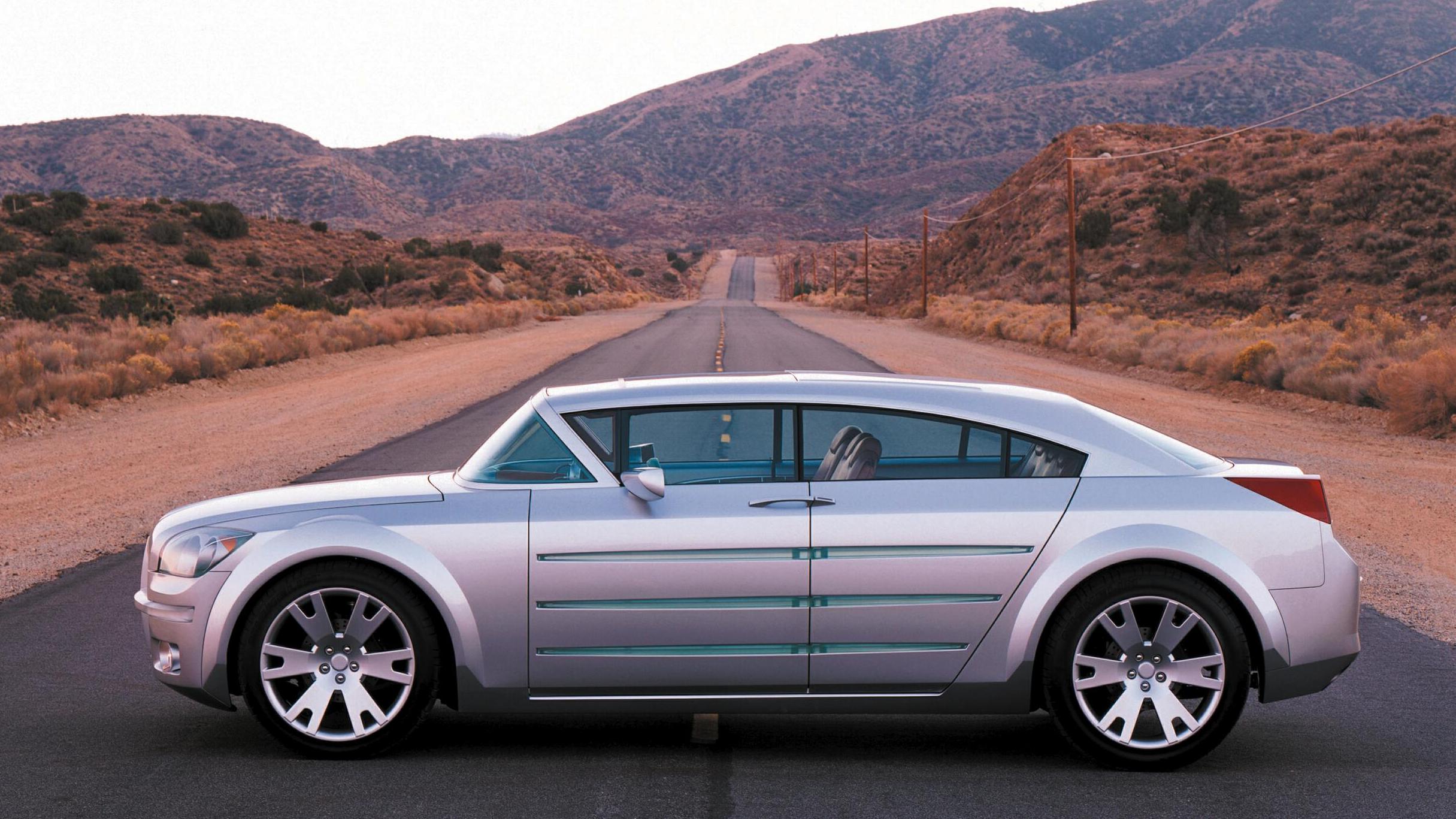
Before the introduction of the Super8 HEMI Concept, American sedans were primarily designed with spaciousness and passenger comfort in mind, especially for families. However, around the time of the Super8 HEMI’s debut, automakers began to emphasize vehicle performance and design more, in addition to the traditional focus on luxury, space, and comfort.
The Super8 HEMI Concept introduced a “Passenger Priority Design” that utilized panoramic seating for both the driver and passengers. This design included elevated seating positions that gave passengers a greater sense of control compared to other sedans. Specifically, the rear passengers were seated higher than the front passengers, creating a theater-like seating arrangement in the cabin. This design approach prioritized the comfort and enjoyment of all passengers, making the Super8 HEMI a good family car.

According to Kevin Verduyn, Senior Design Manager at the former DaimlerChrysler Pacifica Design Center in Carlsbad, California, and Robert McMahan, the Product Designer who sketched the original drawing, the design of the Dodge Super8 HEMI was focused on creating unique proportions while staying true to the classic American sedan image. The use of a tall stance concept allowed for a visually striking exterior design that utilized truck-like machined surfaces to create a simple yet powerful look.
Despite its strong visual impact, the Super8 HEMI remained a practical road car with customer-friendly interior features and superior performance. Verduyn explained, “This concept reaches a level of refinement that exceeds any other sedan, past or present.” The car’s blend of style and substance made it stand out from other sedans on the market and set the stage for the future of American car design.
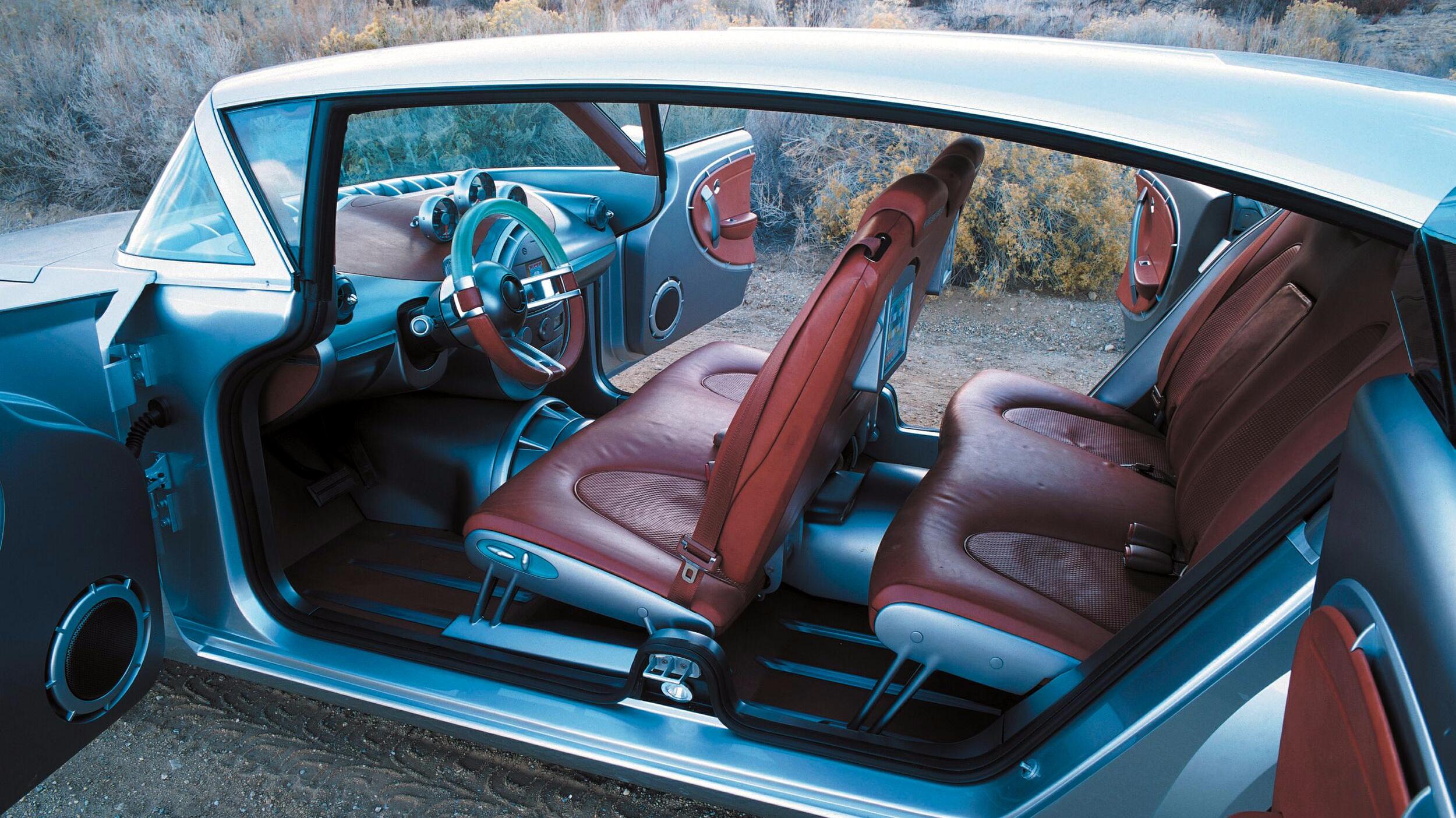
The Dodge Super8 HEMI’s interior paid homage to some legendary vehicles of the 1950s while featuring brushed and painted aluminum accents. The concept also featured an ornate instrument panel that recalled the era’s characteristics shaps, adding some technology of the early-2000s into the mix.
The Dodge Super8 HEMI’s interior design blended nostalgic elements from the 1950s with modern functionality. Bill Chergosky, the designer responsible for the interior, drew inspiration from iconic aspects of the era, such as diners and jukeboxes, to create a sense of nostalgic optimism.
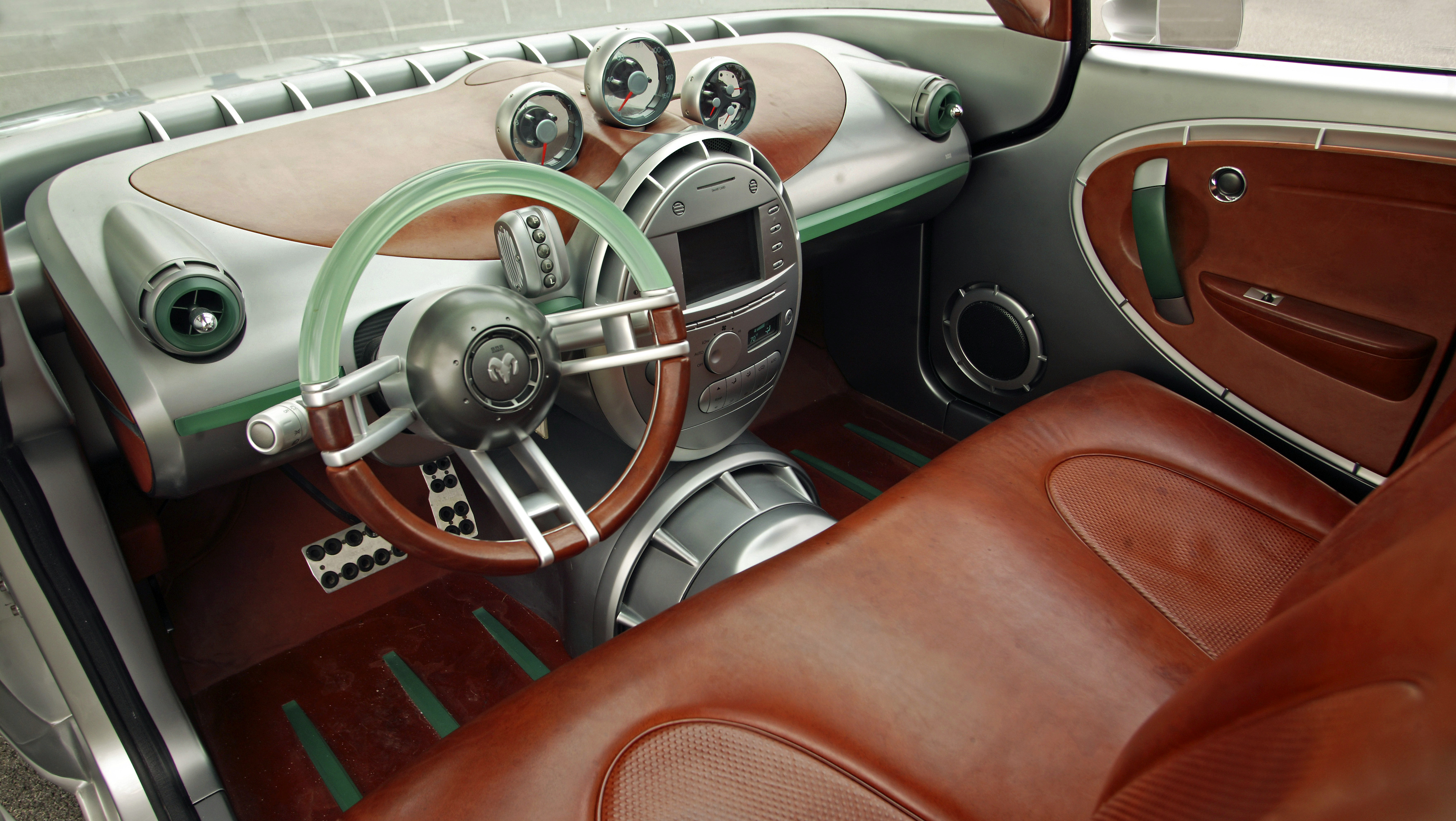
To further enhance the concept’s retro look, the front and rear seating were designed as bench seats with a sliding feature. This was made possible by an independent rail system that anchored the centers to the floor at the ends, giving the impression that they were floating in the air. The absence of the B-pillar and middle supports added to the cabin’s spaciousness, creating a bridge-like form that provided ample interior storage capacity. In addition, the bench seats were easy to fold and unfold, making them convenient for passengers.
At the time, the Dodge Super8 HEMI was equipped with state-of-the-art technology that did not disappoint. The concept featured an internet-based multi-passenger “Infotronic” system, a prototype designed by DaimlerChrysler’s Research and Technology Center (RTC) in Palo Alto, California, the DaimlerChrysler Liberty & Technical Affairs division in Rochester Hills, Michigan, the DaimlerChrysler Design Office in Auburn Hills, Michigan, and Sun Microsystems, Inc. in Southfield, Michigan. This advanced system would later be a precursor to the widely acclaimed Uconnect infotainment systems now commonly found in Stellantis vehicles.

